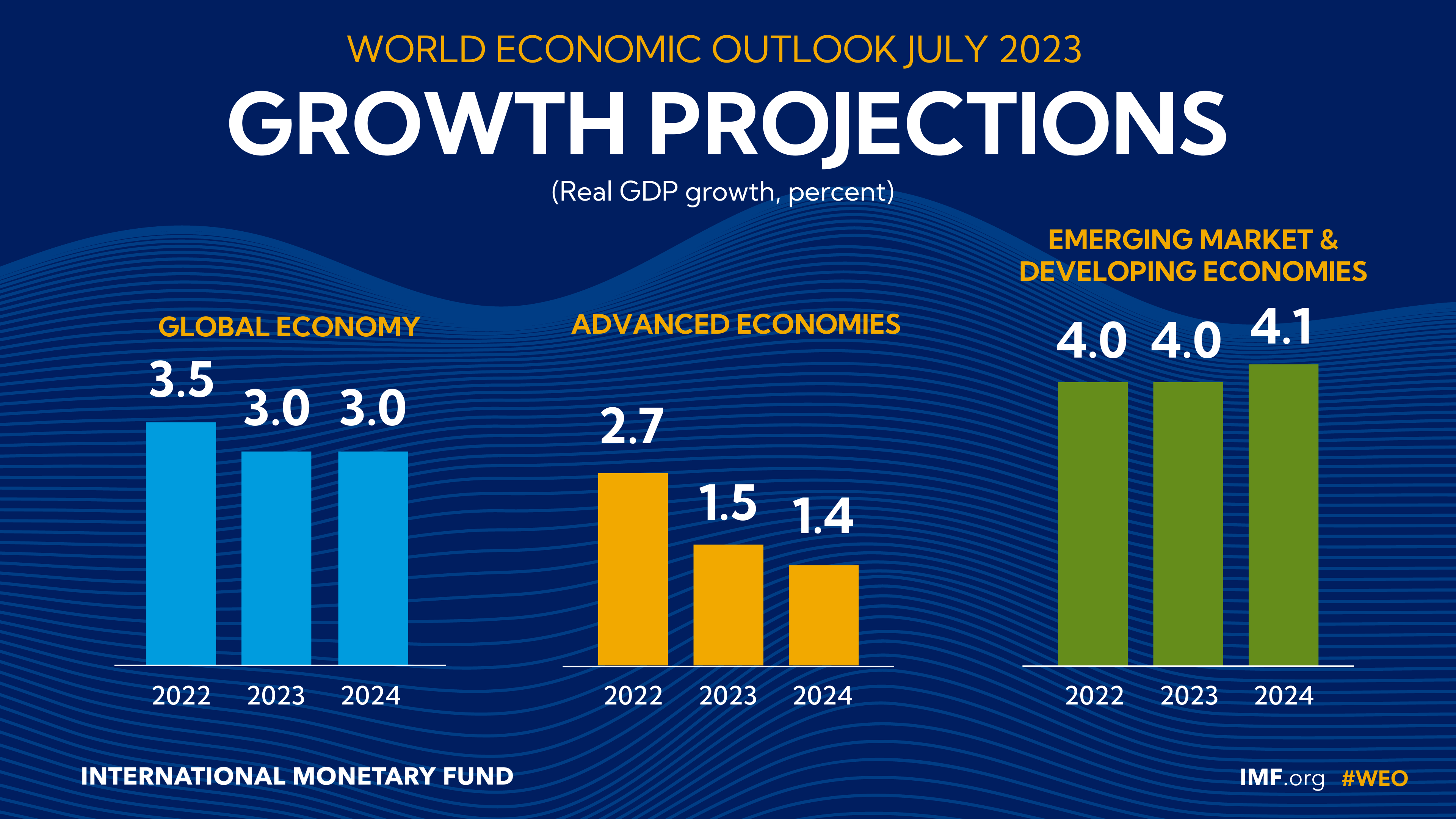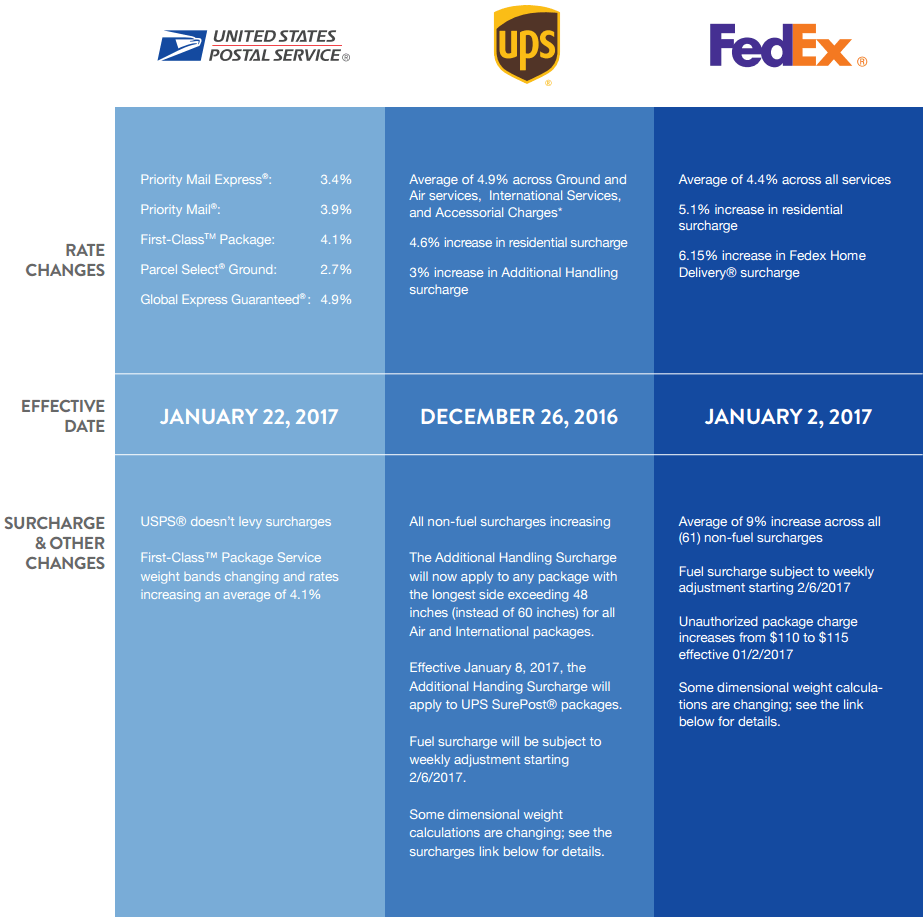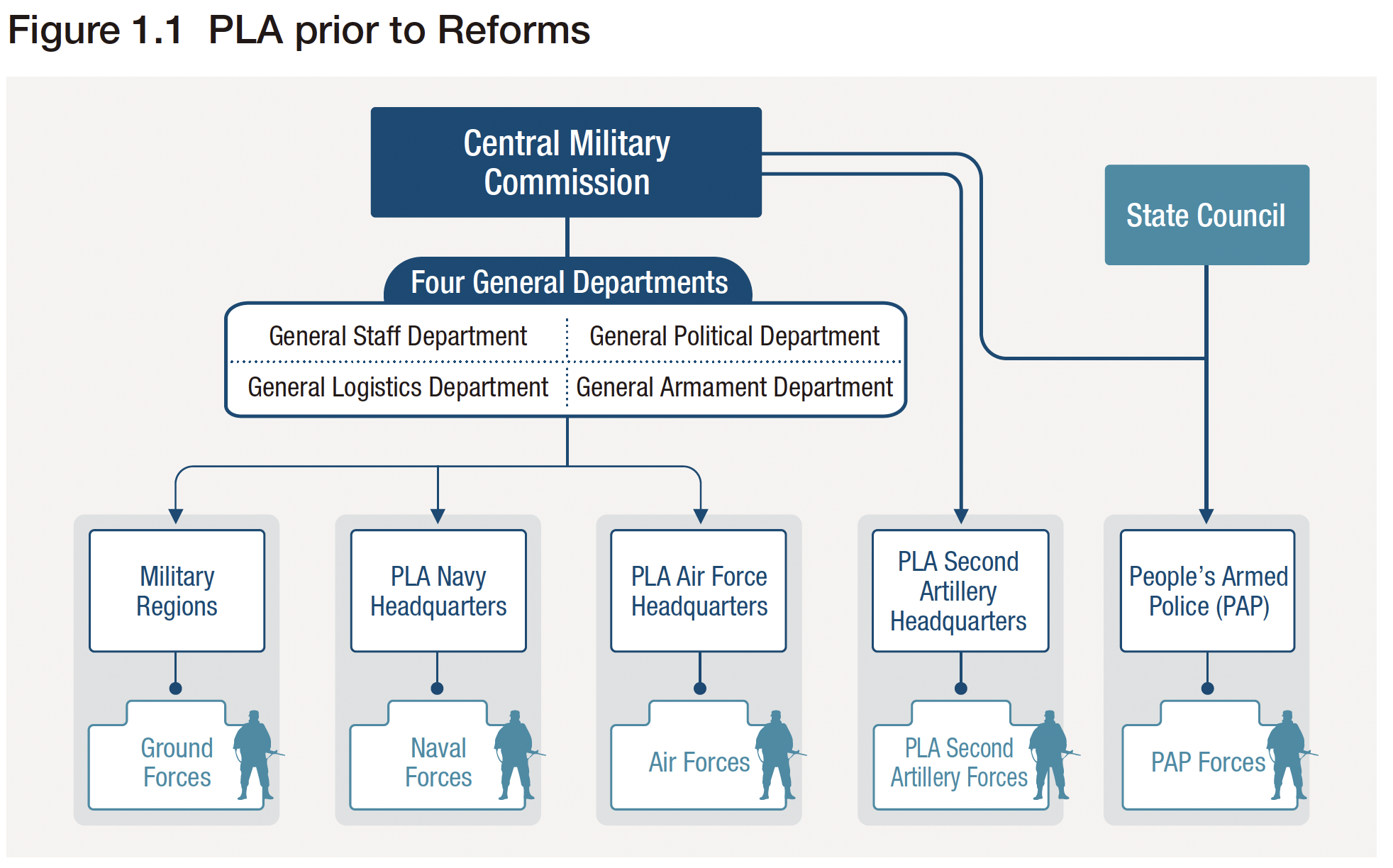Analyzing The Competitive Landscape: Chinese Cars Vs. Established Brands

Table of Contents
The automotive industry is undergoing a dramatic transformation, with Chinese car brands rapidly emerging as significant competitors to long-established global players. This analysis delves into the competitive landscape, comparing the strengths and weaknesses of Chinese cars against established brands, examining factors driving this shift, and forecasting future trends. The rise of Chinese automakers is reshaping the global car market, forcing established brands to adapt or risk being left behind.
The Rise of Chinese Automakers
The success of Chinese car brands isn't accidental; it's a result of a multifaceted strategy focused on technological innovation, aggressive pricing, and strong government support.
Technological Advancements
Chinese manufacturers are aggressively investing in R&D, particularly in electric vehicles (EVs) and autonomous driving technologies. This commitment is evident in several key areas:
- Battery Technology: Companies like CATL are leading the world in battery production, offering high-density batteries with longer ranges and faster charging capabilities, surpassing some established brands.
- Charging Infrastructure: China has significantly invested in building a nationwide network of EV charging stations, addressing a critical barrier to EV adoption more rapidly than many other nations.
- AI-Powered Driver-Assistance Systems: Chinese automakers are integrating sophisticated AI-powered features, including advanced driver-assistance systems (ADAS) and autonomous driving capabilities, at competitive price points. Companies like Nio and Xpeng are pushing the boundaries of autonomous technology. This contrasts with some established brands that are still playing catch-up.
This rapid technological progress allows Chinese car brands to offer features often found only in high-end models from established brands, but at a fraction of the cost.
Aggressive Pricing Strategies
Competitive pricing is a cornerstone of Chinese automakers' market penetration strategy. They leverage several factors:
- Cost Advantages: Lower labor costs and access to a vast supply chain within China contribute to significantly lower manufacturing costs.
- Economies of Scale: The massive domestic market allows Chinese manufacturers to achieve economies of scale, further reducing production costs.
- Government Subsidies: Government subsidies and tax breaks for electric vehicles and other environmentally friendly technologies provide a significant competitive advantage.
This allows Chinese brands to offer feature-rich vehicles at prices significantly lower than comparable models from established brands, making them highly attractive to price-sensitive consumers globally. For example, several Chinese EV models undercut Tesla's offerings in key markets.
Government Support and Domestic Market Dominance
The Chinese government's active support has been instrumental in the growth of the domestic automotive industry. This support includes:
- Subsidies and Tax Breaks: Generous financial incentives for EV production and purchase stimulate demand and support the industry's expansion.
- Infrastructure Development: Investments in charging infrastructure, road networks, and related technologies facilitate the adoption of EVs and autonomous vehicles.
- Domestic Market Dominance: The sheer size of the Chinese domestic market provides a massive testing ground and crucial experience for Chinese automakers before expanding globally.
This combination of factors has fostered a vibrant and highly competitive domestic market, allowing Chinese car brands to refine their products and strategies before tackling international markets.
Strengths and Weaknesses of Established Brands
While facing strong competition from Chinese automakers, established brands still possess significant strengths, but also face considerable challenges.
Brand Recognition and Loyalty
Established brands benefit from decades of brand building, resulting in strong customer loyalty and trust.
- Brand Image and Reputation: Names like Toyota, Volkswagen, and BMW carry substantial weight in terms of quality, reliability, and prestige.
- Customer Perception: Customers often associate established brands with higher quality, better after-sales service, and higher resale value.
- Brand Equity: This established trust translates into a willingness to pay a premium for the perceived value associated with these brands.
However, maintaining this brand equity requires consistent innovation and adapting to the changing needs of consumers.
Global Distribution Networks and After-Sales Service
Established players have extensive global distribution networks and well-established after-sales service infrastructure:
- Global Reach: Established brands benefit from established dealerships and service centers across the globe.
- Service Network: Reliable service, parts availability, and established warranty programs are crucial for customer satisfaction.
- Challenges for Chinese Brands: Chinese brands are still expanding their global reach and establishing reliable after-sales service networks, which is a significant hurdle.
Challenges in Adapting to Technological Shifts
Established brands face a significant challenge in adapting to rapid technological advancements, particularly in the EV and autonomous driving sectors:
- Investment in New Technologies: Significant investments are needed to develop and implement new technologies, compete with the rapid pace of innovation from Chinese companies, and maintain a leadership position.
- Risks of Lagging Behind: Failing to adapt quickly risks losing market share to more agile and innovative competitors.
- Successful Adaptation: Some established players are successfully navigating this challenge by partnering with technology companies or making significant internal investments in R&D. Others are struggling to keep up.
Future Trends and Predictions
The future of the automotive industry will be defined by intensified competition, the importance of branding and customer experience, and the growing emphasis on sustainability.
Increased Global Competition
The competitive landscape will intensify as Chinese car brands aggressively expand their global footprint.
- Market Share Changes: We expect to see significant shifts in market share across various regions as Chinese brands continue their expansion.
- Mergers and Acquisitions: The industry will likely see increased mergers and acquisitions activity as established brands seek to consolidate their position or acquire promising technologies.
- Geopolitical Factors: Geopolitical events and trade relations will continue to influence the automotive market and the competitive dynamics between Chinese and established brands.
The Importance of Branding and Customer Experience
Building strong brands and providing exceptional customer experiences will be crucial for success.
- Building Brand Reputation: Established brands need to maintain and enhance their reputation, while Chinese brands need to establish strong global brand recognition and trust.
- Customer Service: Providing superior customer service, warranty programs, and digital experiences will be key differentiators.
- Digital Marketing: Effective use of digital marketing strategies will be critical in reaching and engaging customers.
The Role of Sustainability and Environmental Concerns
Environmental concerns are increasingly shaping consumer preferences and influencing industry trends:
- Electric and Hybrid Vehicles: The demand for electric and hybrid vehicles will continue to grow, pushing all brands to invest in this area.
- Government Regulations: Government regulations and incentives related to environmental standards will further shape the competitive landscape.
- Sustainable Mobility: The future of the automotive industry will be defined by sustainable mobility solutions, including EVs, alternative fuels, and innovative technologies.
Conclusion
The automotive industry is undergoing a period of significant disruption, with Chinese car brands posing a formidable challenge to established players. While established brands hold advantages in brand recognition and global reach, Chinese automakers are rapidly gaining ground through technological advancements, aggressive pricing, and government support. Understanding this evolving competitive landscape – analyzing Chinese cars alongside established brands – is crucial for both industry stakeholders and consumers. To stay informed about the latest developments and the impact on the global car market, continue to follow our analysis of the competitive landscape of Chinese cars versus established brands.

Featured Posts
-
 Colgates Financial Results Tariffs Drive 200 Million Cost Increase
Apr 26, 2025
Colgates Financial Results Tariffs Drive 200 Million Cost Increase
Apr 26, 2025 -
 Analyzing The Dow Futures Impact Of Chinas Economic Policies On The Stock Market
Apr 26, 2025
Analyzing The Dow Futures Impact Of Chinas Economic Policies On The Stock Market
Apr 26, 2025 -
 Auto Carrier Estimates 70 Million Impact From Increased Us Port Fees
Apr 26, 2025
Auto Carrier Estimates 70 Million Impact From Increased Us Port Fees
Apr 26, 2025 -
 Military Base Showdown Examining The Us China Power Struggle
Apr 26, 2025
Military Base Showdown Examining The Us China Power Struggle
Apr 26, 2025 -
 Analyzing The Us China Contest For Influence A Critical Military Base
Apr 26, 2025
Analyzing The Us China Contest For Influence A Critical Military Base
Apr 26, 2025
Latest Posts
-
 The Professionals Behind Ariana Grandes Stunning Hair And Tattoo Makeover
Apr 27, 2025
The Professionals Behind Ariana Grandes Stunning Hair And Tattoo Makeover
Apr 27, 2025 -
 Ariana Grandes Bold New Look The Importance Of Professional Guidance
Apr 27, 2025
Ariana Grandes Bold New Look The Importance Of Professional Guidance
Apr 27, 2025 -
 Celebrity Style Ariana Grandes New Look And The Professionals Behind It
Apr 27, 2025
Celebrity Style Ariana Grandes New Look And The Professionals Behind It
Apr 27, 2025 -
 Professional Hair And Tattoo Artists Inspired By Ariana Grandes Transformation
Apr 27, 2025
Professional Hair And Tattoo Artists Inspired By Ariana Grandes Transformation
Apr 27, 2025 -
 Ariana Grandes Style Evolution Hair Tattoos And Professional Image Consulting
Apr 27, 2025
Ariana Grandes Style Evolution Hair Tattoos And Professional Image Consulting
Apr 27, 2025
